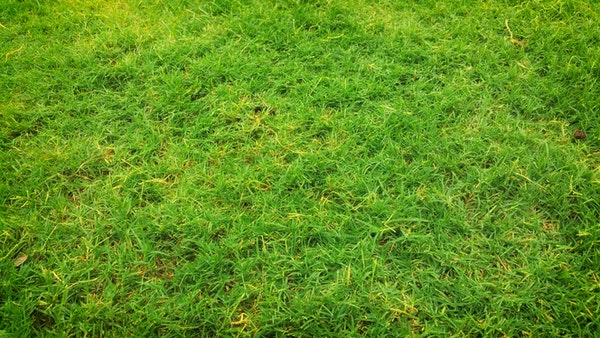3.15.21
Lackluster lawn?


Consumers home loans
We’d love to help you with a mortgage or home equity line of credit.
Learn moreA tired-looking lawn might be the result of thatch or soil compaction. Here’s how to remedy both.
As winter melts away, lawns once again take center stage in our landscapes. If you look out at a lackluster lawn instead of a lush expanse of green, your grass might be suffering from too much thatch or soil compaction.
What is thatch?
Thatch is a layer of organic material on the surface of the soil. It forms from leaves, stems, roots and grass clippings that naturally accumulate.
A bit of thatch is actually a good thing. A thin layer of thatch makes a lawn more resilient to mower and foot traffic, slows down the rate of water loss, and protects grass crowns against temperature fluctuations.
Too much thatch—more than 1/2 inch—harms your lawn when it becomes impervious and keeps water, fertilizer or pest control from reaching the roots. This happens when there’s more organic material present than the naturally occurring microorganism can handle to keep the thatch layer thin. Even worse, grass is weakened when roots start growing in the thatch rather than the soil.
Telltale signs of soil compaction
Does water puddle on your lawn? Does your yard have patches of bare dirt where nothing grows? Is it hard to drive a shovel into the soil? If you answered “yes” to any of these questions, chances are you have compacted soil.
Compaction happens when soil particles are pushed together so tightly that there’s no space for water or air in the soil. Traffic from lawn mowers, construction, or even heavy snow or play can compact soil. Clay soils, with finely textured particles are particularly prone to compaction.
Another problem with compaction? It can encourage thatch formation.
Getting a healthier lawn
If you have thatch only, you can use a specialized thatching rake to pull up excess organic materials. Pulling the rake toward you lifts up the accumulated material and pushing it away clears the material from the rake’s blades. Manual dethatching is good for small areas or of if you really love working on your lawn.
Core aeration will help remedy both thatch and compacted soil. Michigan State University research shows that removing a core of soil is more effective than slicing the soil or pushing holes into the soil with solid tines.
Core aeration machines efficiently pull up plugs of thatch, grass and soil that are 1/2″ to 3/4″ in diameter. The new openings allow water, air and nutrients to work in through the soil. Aeration also brings up microorganisms from the soil that help break down thatch.
Aeration machines can be rented from hardware and home improvement storers, or the job handled by a lawn service company. A hand aerator can be used for small areas.
When to aerate
The best time to dethatch is when grass is actively growing and can repair itself—in early spring or fall.
Post-aeration care
After aeration, keep your lawn watered for the next two weeks. This will help the turf recover and support new growth.
Consumers helps more than 2,000 members finance land, first and second homes, and home improvement projects each year. We’d love to help you with a mortgage or home equity line of credit; contact us online or call us at 800-991-2221.
![]()

Consumers home loans
We’d love to help you with a mortgage or home equity line of credit.
Learn more

